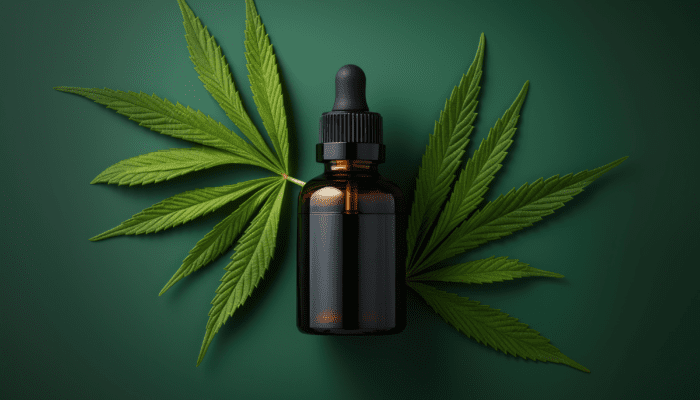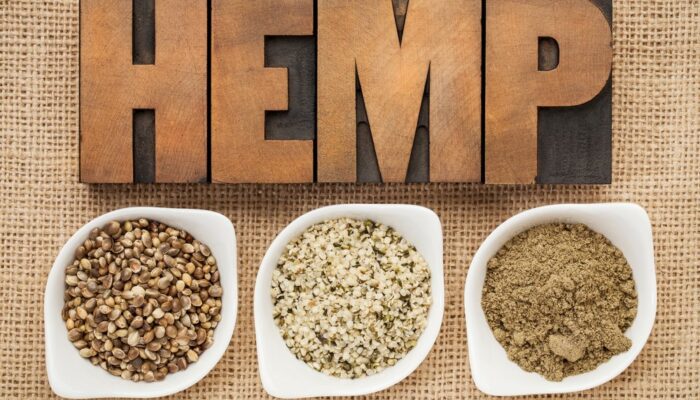Phytocannabinoids are the constituents of the hemp plant that can provide immense medical benefits. But what are the two key players? Of course, they are CBD and CBG, both of which work with the body and brain to alleviate a large number of disorders. But what is better? Let’s find out.
What are CBD and CBG?

Cannabis sativa is well known across the world for its highly beneficial therapeutic effects on many physiological symptoms and diseases. This niche plant has been used for centuries to combat issues including sleep, pain, nausea, and so on. But how does it do this?
The Endocannabinoids System
What are the Benefits of CBD?
Although most people know of CBD, as it has been a well-known pharmaceutical and nutraceutical for many years, many people have not heard of CBG. So, what are the benefits of CBG?
What are the Benefits of CBG?
The Brain
The Body
CBG vs CBD
CBD and CBG work in a similar fashion, especially in the positive benefits they have to our bodies; however, there is one major difference between them — the price.
While CBD makes up about 20% of the plant, CBG makes up less than 1%. This is a big hurdle to face. This means, to get any meaningful amount of CBG, you will have to harvest, process, and extract 20 times more biomass to even begin to be in the same realm for the amount of CBD you can extract from a single plant.
The Bottom Line
CBD and CBG are two of the superpowers of the phytocannabinoids. While both work with the body and brain to alleviate many medical disorders, the two differ primarily in how they are produced. Unlike CBD, CBG can be incredibly hard to produce, meaning it is also very costly. However, with the speed of research and development, this is worth keeping an eye on.




